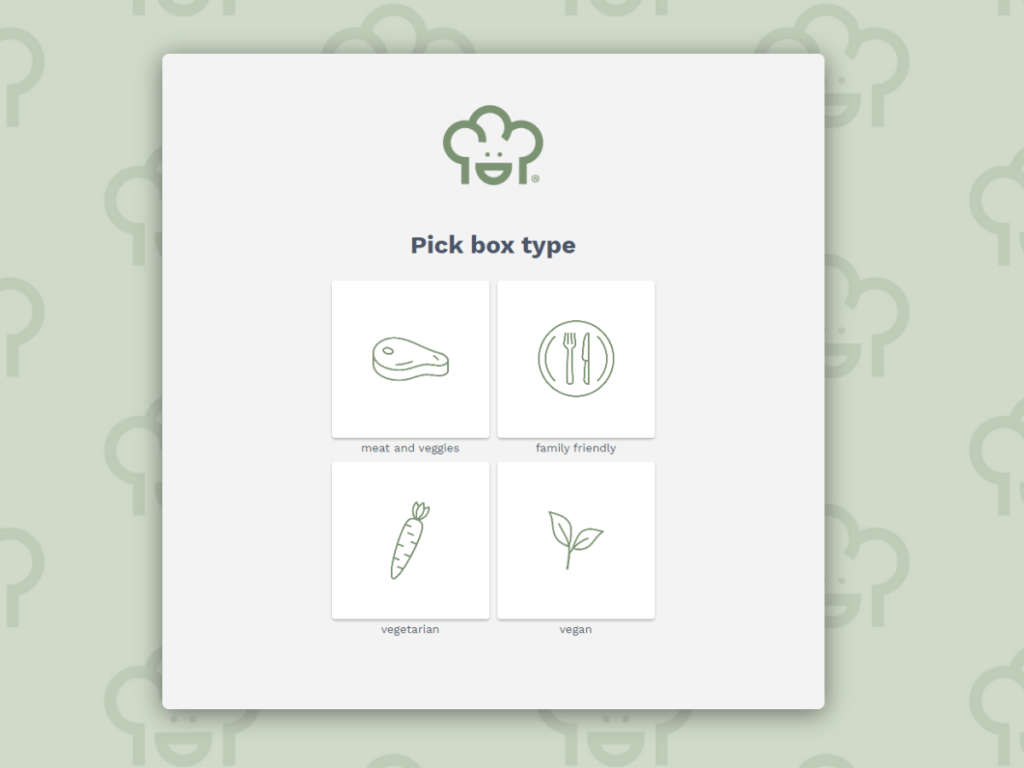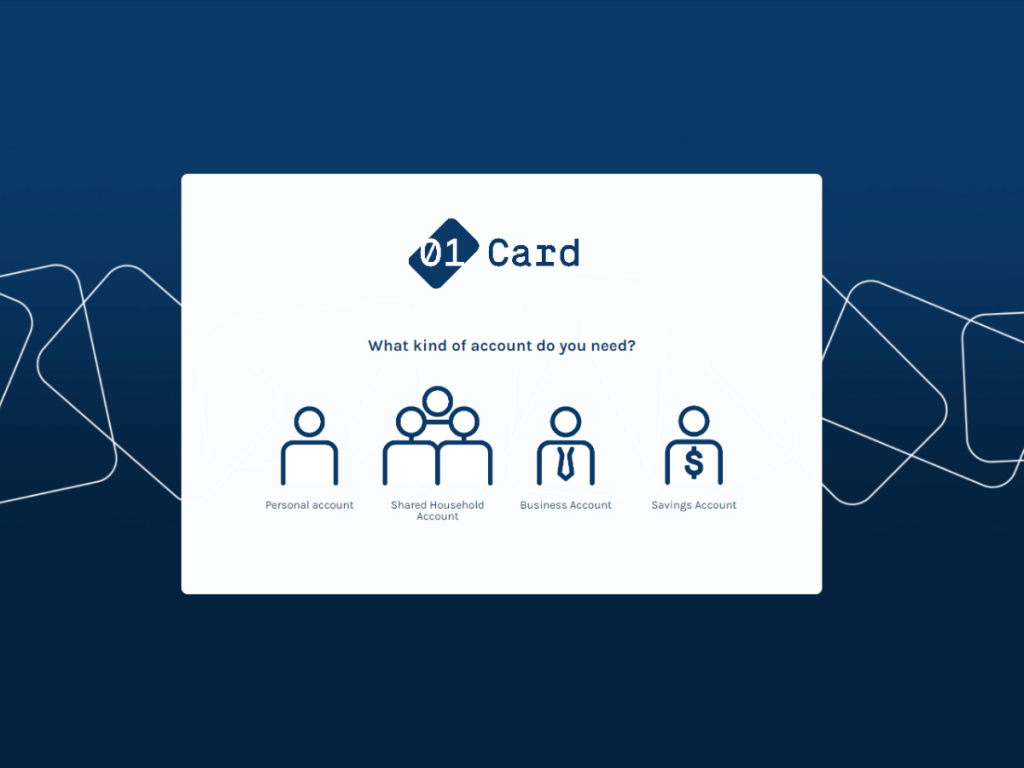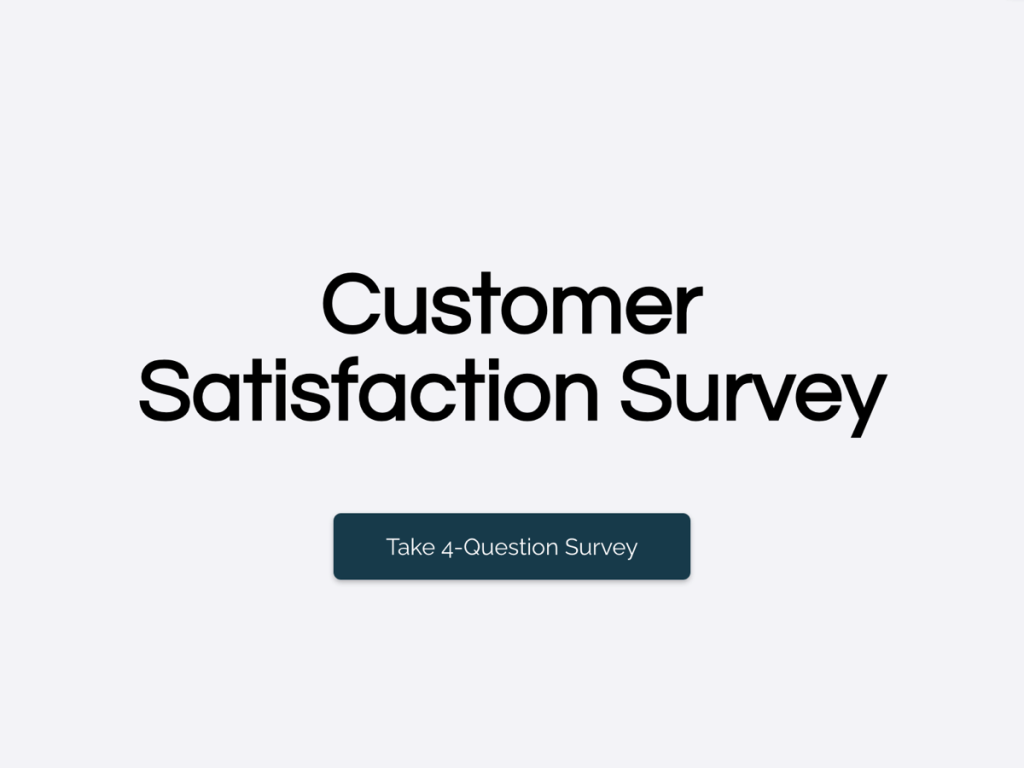Customer satisfaction surveys are effective tools for measuring product quality, customer loyalty, and many other factors. There’s just one problem: getting customers to respond to surveys can be difficult, especially if they’re too long.
But keeping surveys short is easier said than done, especially if you have to gather a lot of information about your target consumers. Today, let’s break down nine tips you can use to keep your customer satisfaction surveys short and engaging.
9 Tips for Better Satisfaction Surveys
1. Narrow Survey Focus
For starters, you should narrow your survey’s focus as much as possible. The best customer satisfaction surveys – or any surveys, for that matter – are focused and targeted. That means you should avoid giving your customers surveys that touch on too many topics or concerns at once, like customer satisfaction, product use, prices, etc.
Instead, give your customers distinct, separate surveys on each of those topics. Depending on what you want to learn from your customers, you can give them narrowly focused surveys on:
Their satisfaction with a specific product
Their loyalty to your brand
Whether they would recommend your brand to another person, etc.
The more focused your surveys are, the better. People are more likely to respond to a survey that asks about one narrow topic instead of a long, in-depth one that asks many things.
2. Keep the Wording Simple
As far as wording goes, keep it as simple as possible. Simple wording is advantageous when trying to improve customer survey response rates because:
It’s faster for customers to read, so it’s faster for them to complete
It’s less likely to result in miscommunications or misunderstandings (see below)
Simple wording is more engaging and easier for customers to parse, especially if they are in a hurry and trying to finish the survey quickly. Customers are far less likely to finish a survey if it comes with confusing language that they have to spend several seconds figuring out.
3. Be Specific – Avoid Any Assumptions
Similarly, when you draft your survey questions, be specific. Don’t make any assumptions about customer preferences, desires, or needs.
For example, if you want to measure your reputation among your customers or the public, don’t ask them:
“Would you say you are generally happy with our company?”
Instead, you’ll get much better data – and have more people likely to complete the survey in the first place – if you phrase the question like this:
“State how happy you are with our company on a scale of 1 to 5, with one being not satisfied and five being highly satisfied.”
Specificity is beneficial for customers and for you since it allows you to gather customer responses as distinct data points for further analysis. It’s a win-win.
4. Use Previous Data for Better Surveys
It may also be wise to take advantage of any previous data you’ve collected when building new customer satisfaction surveys. For instance, if you already have a customer’s name, age, gender, etc., you can plug that information into the survey responses for that customer.
Again, this helps with your data analysis work later down the road, but it also makes the survey faster for customers to complete. The last thing people want to do is input a bunch of personal information in three or more fields when trying to complete a survey.
The easier you make your surveys to answer, the better they are for customers. Remember, your customers are doing you a favor by answering a survey, so it’s only right to make them as fast and comfortable to complete as possible.
5. Skip Long Intros
If your goal is to keep your surveys short and engaging, long intros need to go. If a question takes a paragraph to explain, it’s just not a good survey question.
In fact, it’s best to do away with any introductions to your surveys that are longer than one or two sentences. You can include a brief introduction to break down the nature or purpose of the survey (or to explain why it’s important that customers respond). Anything else drags down your research and may inspire a customer to click out of the survey before answering any questions.
6. Pick the Right Questions
The types of questions you ask can heavily impact survey effectiveness and ease of completion. With any given survey, you can use many different question types, such as:
Single response questions
Multiple-choice questions
Open-ended questions
Scale questions (as in the above example, with customer satisfaction rated from 1 to 5)
Generally, the best questions for a given survey are those that provide you with direct data points. Scale questions are useful for this purpose, as are multiple-choice questions. For example, if you want to know which payment methods your customers prefer, you can offer multiple answer options.
However, open-ended questions can be useful if you want to know your customers’ general feelings or opinions. For example, if you want to measure how much customers are willing to pay for credit card processing fees, you can give respondents a text box to fill in their answers. Keep in mind, though, that open-ended questions usually have fewer respondents since they take more effort to answer.
7. Avoid the Wrong Questions
Similarly, don’t ask poorly phrased or overly complex questions. You should also avoid questions that have too many possible answers. If, for example, you give a customer a scale question asking them to rate their experience on a scale from 1 to 100, you’ll likely have fewer respondents. You can ask the same question and get the same basic data by downsizing the scale from 1 to 10.
Don’t forget to avoid questions that aren’t focused on the survey’s topic. Narrow, specific questions are the best queries by far.
8. Ask One Question at a Time
When putting together your customer satisfaction surveys, be sure that each query only has one question at a time. Don’t include two questions in the same survey box or bucket. This just confuses customers or may make them feel overwhelmed by the question at hand.
If you really need to know two things, write another survey question and include it in the same batch.
9. Display the Remaining Questions
Your surveys are more likely to be completed when they feel short and easy to finish. Therefore, it may help to put a small “remaining questions” counter at the corner of the screen. For example, if your customer satisfaction survey has six questions, putting a simple “0/6” counter on the screen that increases by one with each completed question could help your customers feel inspired to finish the whole thing.
It’s a minor psychological trick, but it is effective. A counter gives your customer a sense of progress and completion. Your customers are less likely to abandon a survey when they are at 5/6 questions answered!
10. Bonus Tip: Include a Reward
Here’s one last tip before you leave: always try to include a reward or incentive for your customer satisfaction survey respondents. The reward can be anything from $1 off the next order to a thank you email with a special coupon code. The point is to make the survey worth your customers’ time.
Small incentives can massively improve your survey response rates in the customer review funnel and help you gather the data you need to improve your business. Additionally, buying incentives like discounts and special deals can increase your sales and bring in more money, ultimately boosting your profits.
Wrap Up
As you can see, keeping your customer satisfaction surveys short and engaging means planning exactly what the surveys will ask and framing your questions in short, interesting packages. Take the time to plan your surveys carefully, and you’ll have many more customer responses you can use to improve your business.
Author
Magnus Eriksen is a copywriter and an eCommerce SEO specialist with a degree in Marketing and Brand Management. Before embarking on his copywriting career, he was a content writer for digital marketing agencies such as Synlighet AS and Omega Media, where he mastered on-page and technical SEO











